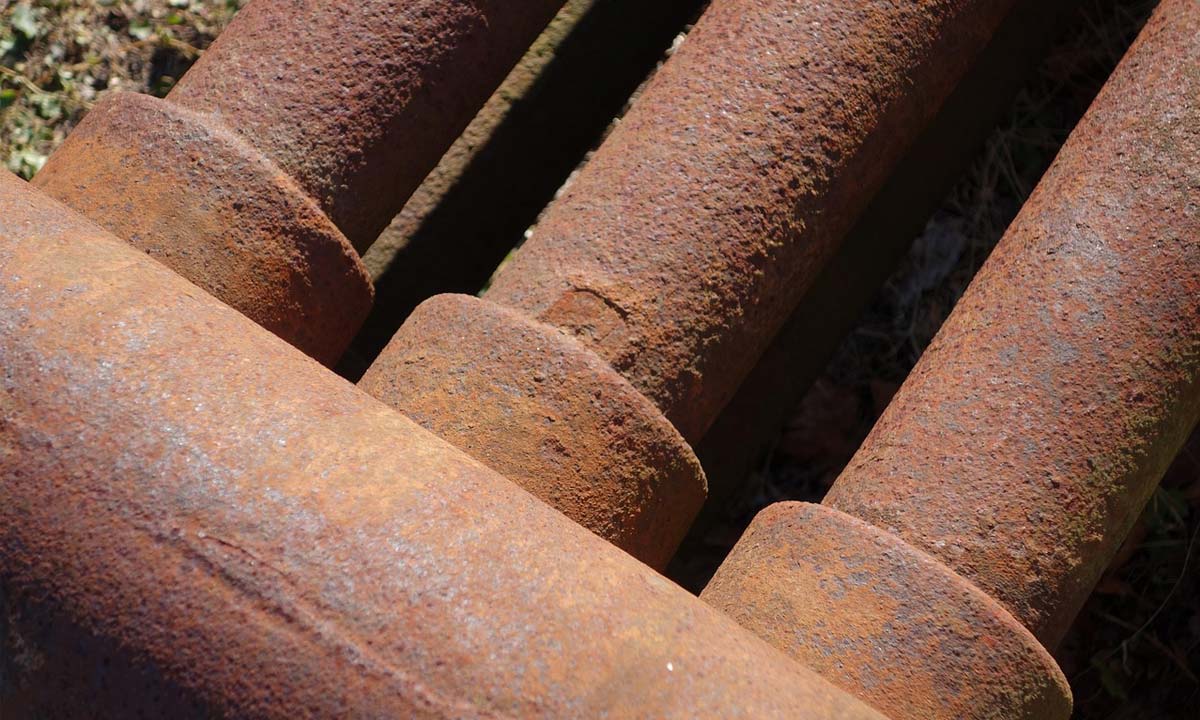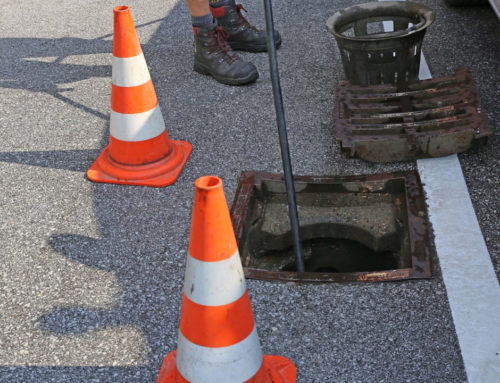Why Cast Iron Sewer Pipes Corrode from the Inside Out
 Cast iron sewer pipes were once considered the gold standard of plumbing infrastructure. They were strong, durable, and capable of lasting several decades when properly maintained. Many homes built before the 1980s still rely on cast iron sewer systems today. However, one of the most common and destructive issues these pipes face is internal corrosion. Unlike some materials that degrade from outside exposure, cast iron pipes tend to corrode from the inside out. Understanding why this happens is essential for homeowners, property managers, and anyone dealing with aging plumbing systems.
Cast iron sewer pipes were once considered the gold standard of plumbing infrastructure. They were strong, durable, and capable of lasting several decades when properly maintained. Many homes built before the 1980s still rely on cast iron sewer systems today. However, one of the most common and destructive issues these pipes face is internal corrosion. Unlike some materials that degrade from outside exposure, cast iron pipes tend to corrode from the inside out. Understanding why this happens is essential for homeowners, property managers, and anyone dealing with aging plumbing systems.
The Role of Water and Waste in Corrosion
The primary driver of internal corrosion in cast iron sewer pipes is the constant exposure to water and waste. As wastewater moves through the system, it carries organic material, bacteria, and chemicals that interact with the inner surface of the pipe. Over time, this creates an environment where oxidation and other corrosive reactions occur. Because the inner walls are continuously exposed, the breakdown begins there long before exterior damage becomes apparent.
Oxidation and Rust Formation
Cast iron is primarily made of iron and carbon, which makes it highly susceptible to oxidation when it comes into contact with moisture and oxygen. Inside a sewer pipe, even though the environment is not fully oxygen-rich, small amounts of oxygen dissolved in wastewater are enough to trigger rust formation. The iron reacts with water and oxygen to form iron oxide (rust), which weakens the pipe walls. Unlike stainless steel, cast iron does not contain protective alloys like chromium, so once oxidation starts, it continues unchecked.
Hydrogen Sulfide Gas and Acidic Byproducts
Another major contributor to internal corrosion is hydrogen sulfide gas, which is produced when organic waste decomposes in low-oxygen environments. This gas interacts with moisture on the inner pipe walls to form sulfuric acid. Sulfuric acid is highly corrosive and eats away at the iron surface, thinning the pipe from the inside. Over years or decades, this acid-based corrosion can cause significant scaling, rough pipe surfaces, and eventually holes or cracks.
Scale Buildup and Flow Restrictions
As corrosion progresses, cast iron pipes develop rough, scaly deposits on their inner surfaces. These deposits further trap waste, grease, and minerals, creating an even more acidic microenvironment. The cycle accelerates: restricted flow slows down wastewater movement, giving corrosive substances more time to attack the metal. This is why older cast iron sewer systems often show both thinning pipe walls and heavy internal scaling.
Why Outside Surfaces Remain Intact Longer
Many homeowners are surprised to learn that the outside of their cast iron pipes often looks intact, even when the inside is badly corroded. This is because the external environment of buried pipes is typically more stable. Unless soil conditions are highly acidic or pipes are exposed to groundwater with corrosive properties, the outer surface does not encounter the same chemical reactions as the interior. Thus, the pipe may appear structurally sound from the outside while the interior is crumbling.
Long-Term Consequences
Internal corrosion leads to a variety of plumbing issues, including chronic clogs, slow drains, sewer backups, foul odors, and eventually pipe failure. Because corrosion weakens the pipe wall from the inside out, leaks and collapses can occur with little warning. Replacing or relining cast iron pipes is often the only long-term solution once corrosion has advanced.
Cast iron sewer pipes corrode from the inside out because of constant exposure to water, waste, bacteria, hydrogen sulfide gas, and acidic byproducts. These conditions create a harsh internal environment where rust and scaling gradually destroy the metal. While the outside of the pipe may remain relatively stable, the unseen interior corrosion makes cast iron a high-maintenance and ultimately temporary solution for modern plumbing systems. Understanding this process can help property owners anticipate problems, schedule inspections, and plan timely replacements before catastrophic failures occur.




